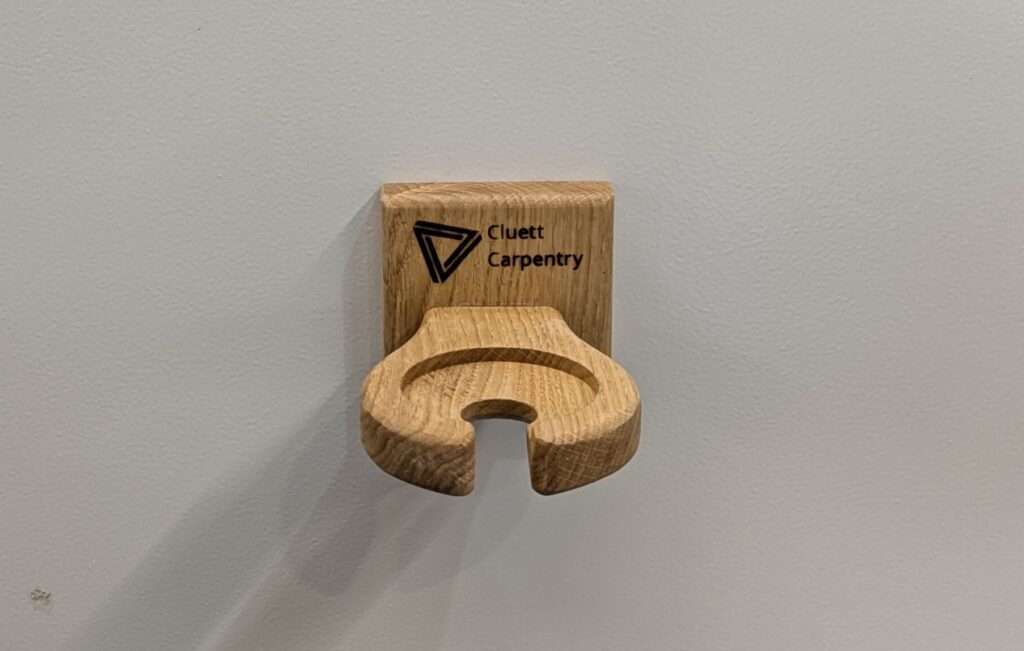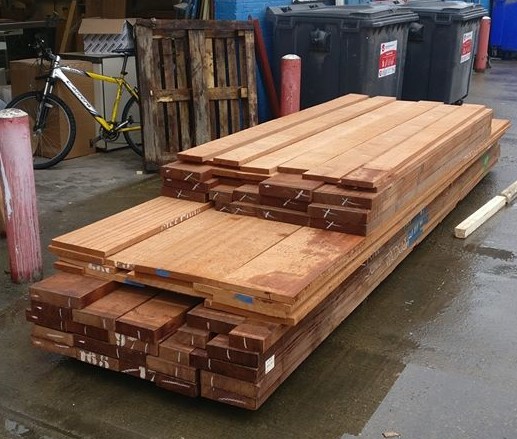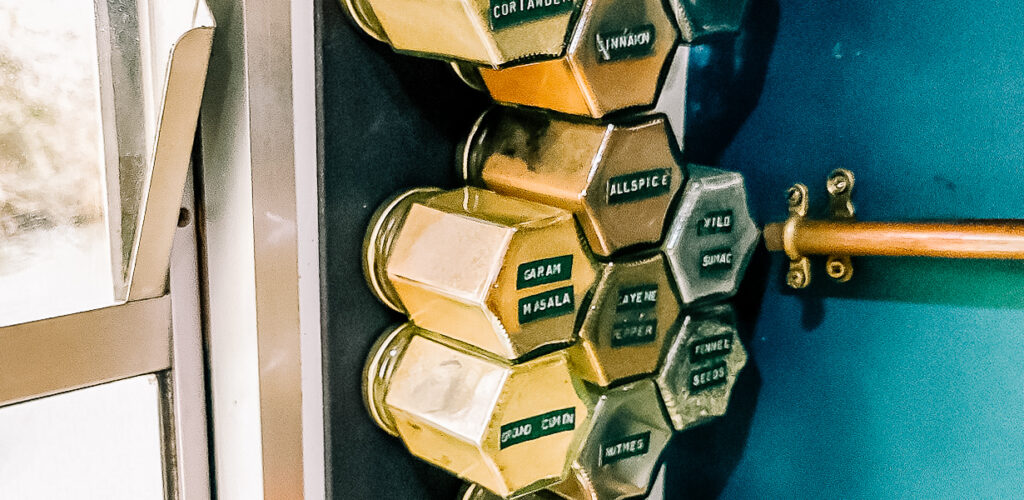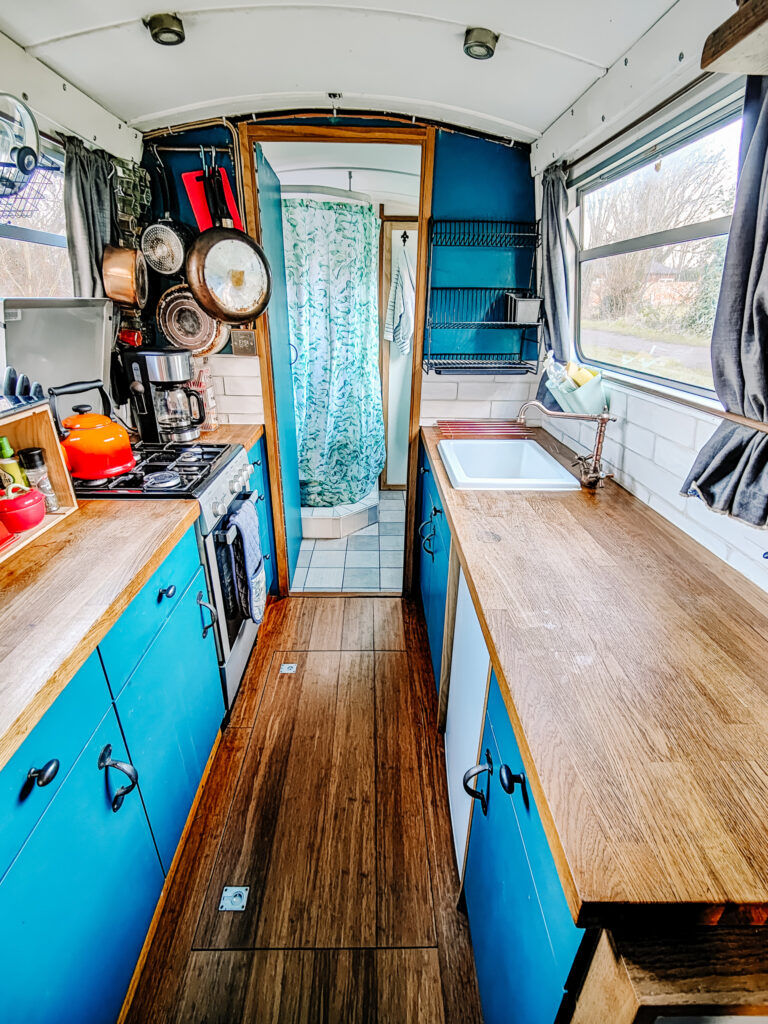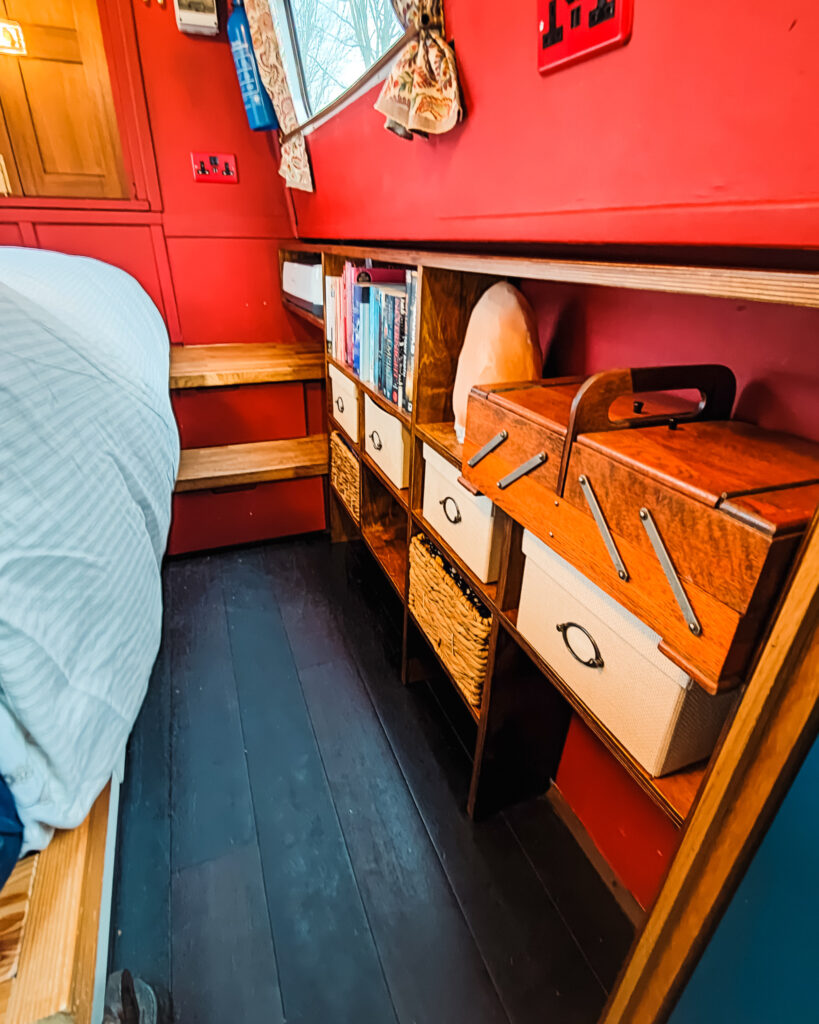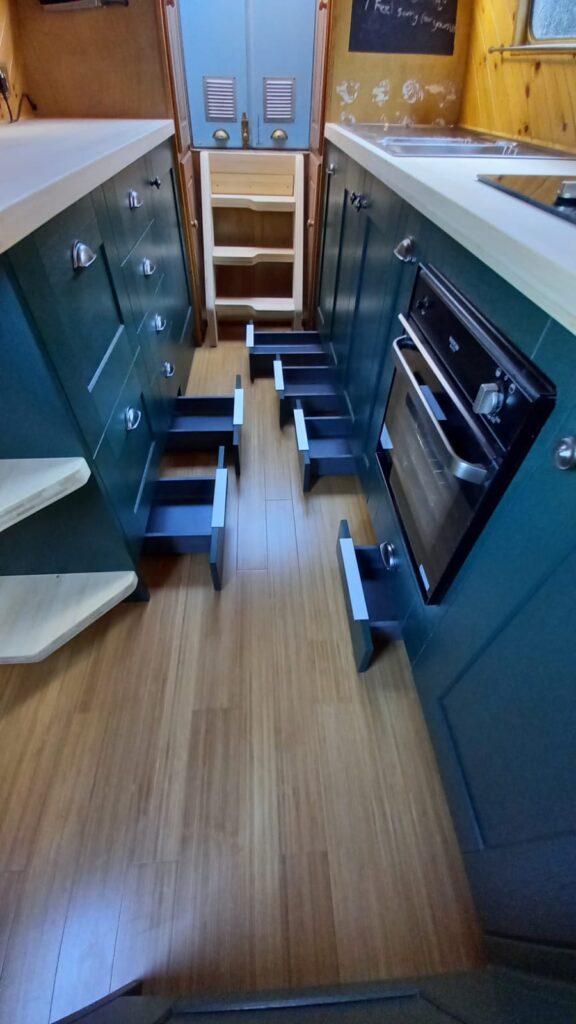Great News – The Sale has Been Extended – Get a Free Gift
Due to Popular Demand – Our Free Gift Offer Has Been Extended! We’re thrilled to announce that our incredibly popular launch offer — “Buy any product and get a Free Gift” — has been such a hit, we’ve decided to…

